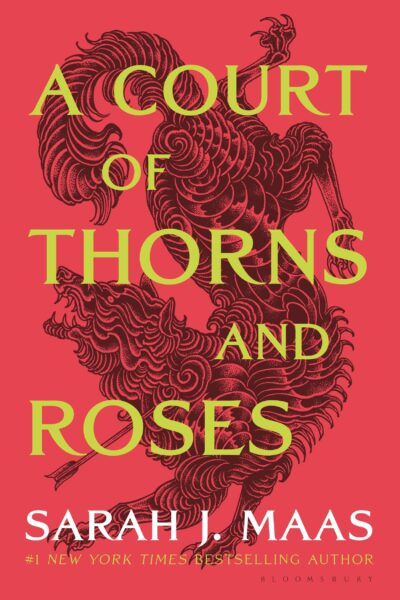Chapter 29: Nesta and Change
byChapter 29 unfolds with the protagonist skillfully weaving a believable narrative about her time spent with Aunt Ripleigh, an explanation that allows her to mask the truth of her absence. The inheritance left behind is more than just fine garments—it includes chests overflowing with gold and uncut gems, a fortune vast enough to secure their future and rewrite their social standing. Her father, once a broken man, now appears revitalized, meticulously cataloging their newfound wealth with a level of diligence she hasn’t seen in years.
Seeing him so full of life, so different from the shell of a man he had once been, reminds her of the kindness Tamlin had once extended toward him. The weight of this realization settles in her chest, a bittersweet reminder of what she has left behind. While her father busies himself with this unexpected prosperity, her sisters respond to their changing fortunes in strikingly different ways, exposing the shifts in their family’s dynamic.
Elain thrives in their new reality, pouring her heart into her garden, where she dreams of one day visiting the tulip fields on the continent. She speaks of flowers with the same reverence and excitement as others speak of grand adventures, eager to share her passion with the protagonist. Yet, despite the beauty of Elain’s world, the protagonist feels the pull of something greater—a yearning for the unknown, a restless curiosity that was once buried under the weight of survival but now refuses to be ignored.
Among the budding flowers, she finds herself in conversation with Elain, discussing the challenges of reintegrating into society after their past hardships. Elain, despite her seemingly carefree nature, expresses a quiet disillusionment with their newly restored status, confessing that in some ways, she misses the simplicity of their past struggles. Meanwhile, Nesta remains distant, detached from the frivolities of the social season, her withdrawal an unspoken testament to the ways each of them has been shaped by their experiences.
As the days pass, the protagonist becomes increasingly aware of the lingering effects of her time in Prythian, something more than just memory—a faint, inexplicable glow that she fears will fade with time. There is an essence to her now, a change that even Elain, in her innocent inquiries about love and romance, fails to comprehend. The protagonist offers vague responses, unwilling or perhaps unable to put into words the depth of what she has endured and the emotions that still tether her to the world she left behind.
She finds comfort in Elain’s company, drawn to the lightness of her sister’s presence and the simple joy she finds in tending to her garden. Observing Elain, so untouched by the weight of magic, war, and curses, the protagonist reflects on the fortune now in her possession. She realizes that wealth, while transformative, is only meaningful when shared, and with this thought, she makes the decision to return to the village, intent on using her riches to help those who once suffered alongside them.
Walking familiar paths, she revisits the remnants of their past life, each step accompanied by the echoes of who they once were. This journey is more than an act of charity; it is a tether to her roots, a reconciliation between the girl she was and the woman she is becoming. With her heart divided between two worlds—one of duty and family, the other of magic and love—she stands at a crossroads, uncertain of where she truly belongs.
Chapter 29 beautifully explores themes of renewal, displacement, and the search for identity amidst change. The protagonist’s reflections on her family, their shifting dynamics, and her own personal evolution create a poignant narrative of self-discovery. As the chapter closes, she takes another step toward understanding herself, her place in the world, and the sacrifices she must make to forge a future of her own choosing.


